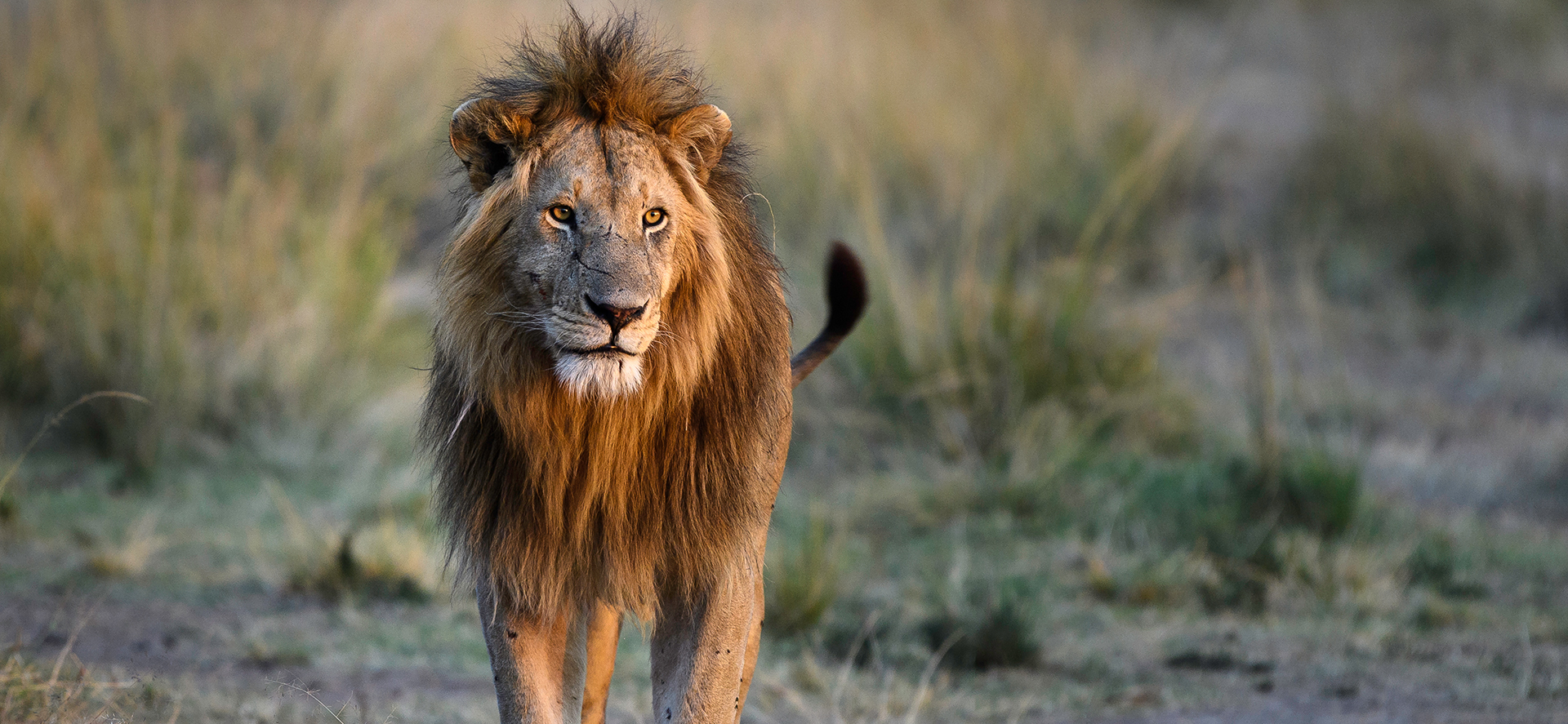
The Great Rift Valley in Kenya is a long, dramatic scar on the land. It runs north to south and holds lakes, volcanoes, and rolling escarpments. The valley shapes much of Kenya’s wildlife and landscapes.
A landscape of lakes and birds
Many famous alkaline lakes sit in the Rift. Lakes like Nakuru, Bogoria and Elementaita host huge flocks of flamingos. These lakes feed on algae and support rich bird life. Locals and visitors often travel to see them at sunrise.
Why the Rift feels so alive
The land here formed by slow tectonic movement. Over time the earth pulled apart and created deep basins. Hot springs and geothermal power are found near Naivasha. This energy is important for local towns.
Parks and the big plains — where to go?
If you plan an African Safari Kenya, the Rift meets wildlife hotspots. The Maasai Mara sits on the Rift’s edge and links to Tanzania’s Serengeti. It is famous for big cat sightings and the Great Migration in July to October. Many travellers include the Mara when they visit National Reserves in Kenya.
Want tips for your Kenya Vacation?
- Check the season for the Great Migration if you want river crossings.
- Bring binoculars for birding at Lake Nakuru and Lake Bogoria.
- Ask about road or air transfers to reach remote reserves.
Local culture and simple comforts
You will meet Maasai communities near the escarpments. Their stories and dances add depth to a trip. Camps here keep a small footprint. You sleep close to wild sounds. The sceneray at dawn is unforgettable — the light hits the plains and wakes everything.
How to include the Rift in your trip plan
Combine a few nights in a tented camp with drives into the Mara. Add a lake visit and a short walk by hot springs. This gives variety, from wild plains to quiet lakes.
For a gentle, authentic stay near the Maasai Mara, consider Drunken Elephant Mara. They offer private en-suite tents, home-cooked meals, guided game drives, balloon safaris and village visits. Check availability and book your Kenya Vacation!


